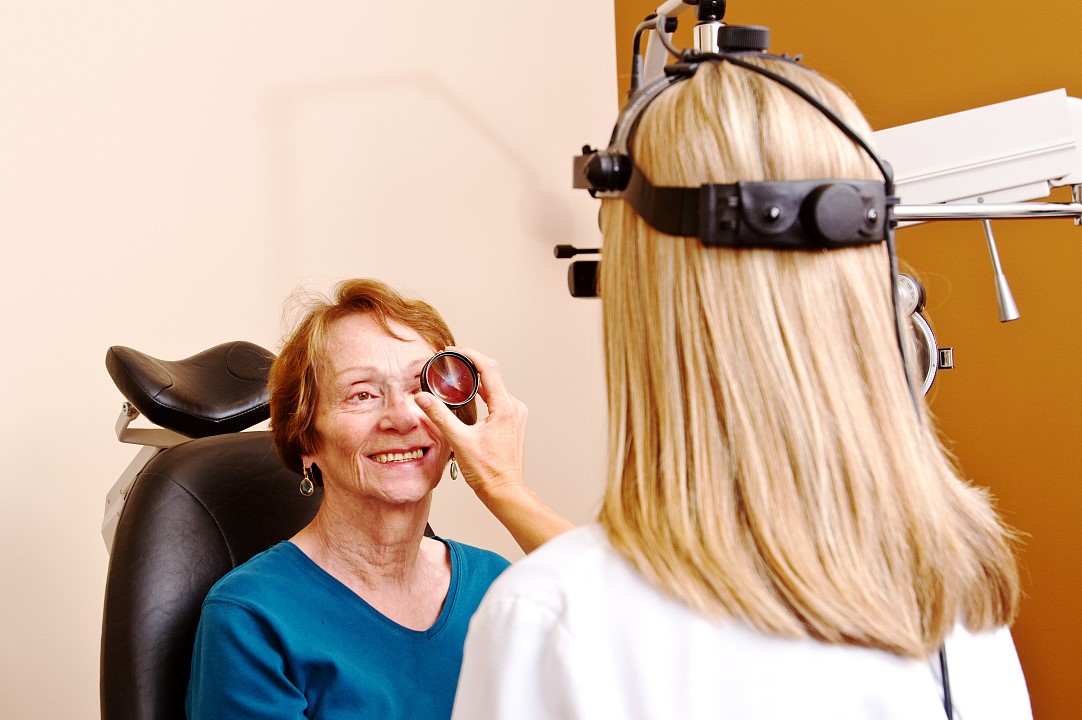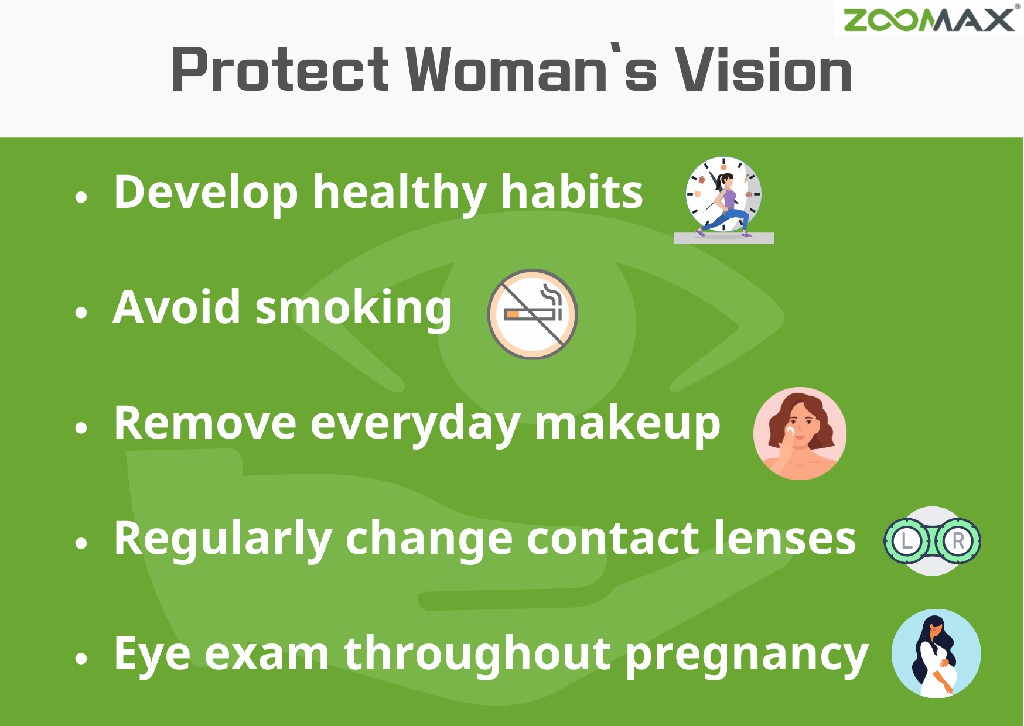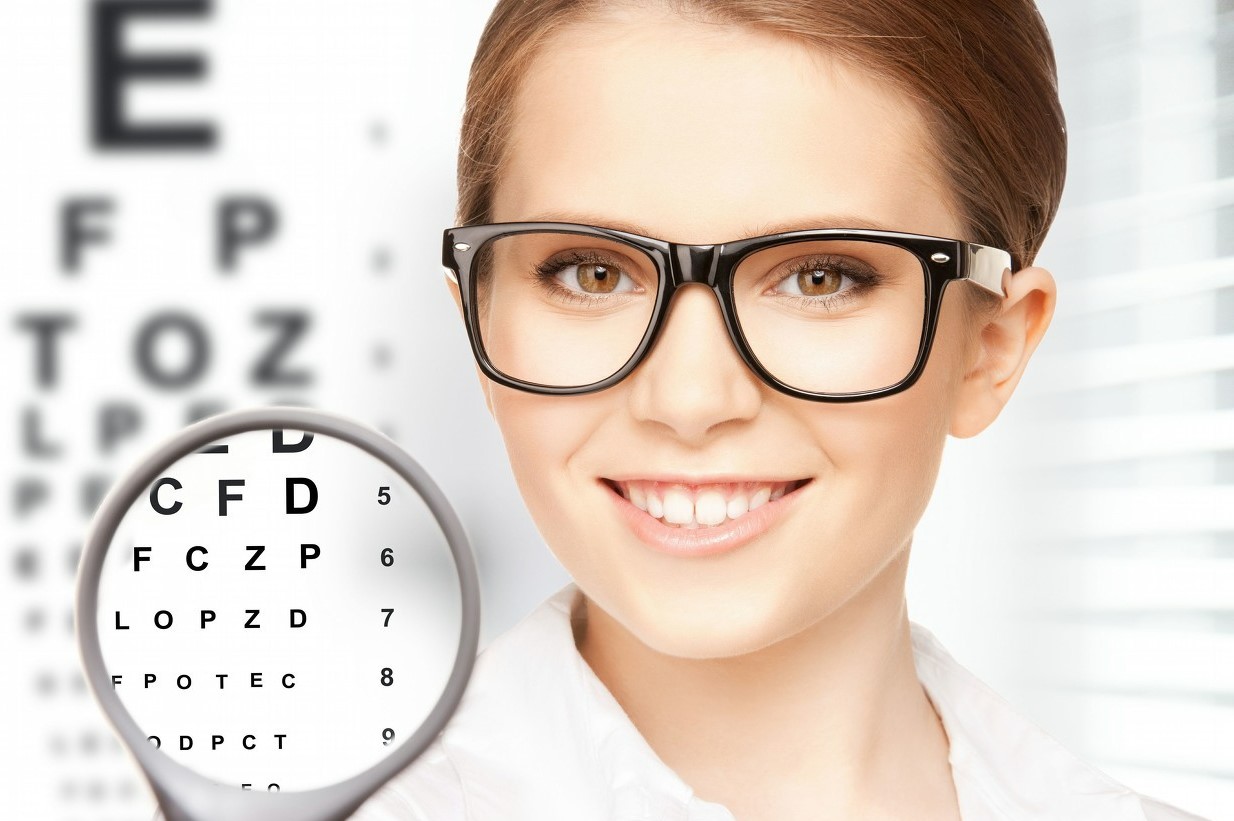Vision is a vital sense that allows people to perceive and appreciate the beauty of their surroundings. Women, on the other hand, are more likely than males to get eye disorders. According to the American Academy of Ophthalmology (AAO), women are more prone than males to acquire eye diseases such as age-related macular degeneration (AMD), cataracts, glaucoma, and more.
Over the last 20 years, research has revealed that females are at a considerably greater risk of visual alterations, impairment, and loss than men. In actuality, women have a 12% higher risk of losing their vision than men do. According to the National Eye Institute, women make up two-thirds of people worldwide with visual impairment or blindness. Though significant eye disorders are not exclusive to women, they might have different and more severe impacts on their vision than males. So, why are women at higher risk of eye disease?
Many biological factors contribute to eye difficulties that women have no control over. Knowing the hazards, on the other hand, allows women to take actions toward vision protection, increasing the percentage of women who have healthy eyes and vision. Here, we’ll discuss vision–related issues among women. These include the factors affecting women’s vision, common causes of vision loss among women, and ways to protect your vision.

Factors Affecting Women’s Vision
Hormonal changes, aging, and lifestyle choices are just a few things that might impact women’s eyesight. Hormonal changes, such as those seen during puberty, pregnancy, and menopause, can cause visual alterations. But how do hormones really impact vision in women?
Hormones are chemicals that carry information to many sections of the body and influence numerous vital activities. These include the ability to reproduce, growth and development, sexual function, and sexual mood.

Sex hormones, often known as sex steroids, are the hormones that distinguish males and females. Because these hormones (Estrogen, Progesterone, and Androgen) are so potent, a chemical imbalance in the body, especially the eyes, can have catastrophic consequences. According to research, the tissues in the eyes have sex hormone receptors. This indicates that fluctuations in sex hormone levels might cause eye and vision difficulties.
Many women undergo significant hormonal changes throughout adolescence, pregnancy, and menopause. For example, some women develop dry eyes after menopause as a result of hormonal changes that impact tear production.
 Pregnancy can also have an impact on the eyesight of women, with some women having fuzzy or double vision during their pregnancy. These symptoms are usually temporary and go away on their own following birth. Pregnant women should, however, get their eyesight examined on a regular basis to spot any possible problems early.
Pregnancy can also have an impact on the eyesight of women, with some women having fuzzy or double vision during their pregnancy. These symptoms are usually temporary and go away on their own following birth. Pregnant women should, however, get their eyesight examined on a regular basis to spot any possible problems early.
Another element that might influence women’s vision is their age. The chance of acquiring age-related eye illnesses such as age-related macular degeneration (AMD) and glaucoma increases as we get older. Women are more vulnerable to AMD, which is the main cause of vision loss in adults over the age of 50 in the United States. According to the National Eye Institute, women account for 65% of all AMD patients.
Common Causes of Vision Loss among Women
Females outlive males by an average of 5.4 years, according to CDC studies. Even while five more years may not seem like much, they can increase a woman’s risk of developing an age-related eye disease. Several eye diseases are more common in women. Common vision disorders among women in older age include:
 Cataracts are caused by clouding of the lens of the eye. They develop as a result of the lens proteins in the eye clumping together with age. Cataracts often develop slowly over time and might result in dim, foggy, or blurry vision.
Cataracts are caused by clouding of the lens of the eye. They develop as a result of the lens proteins in the eye clumping together with age. Cataracts often develop slowly over time and might result in dim, foggy, or blurry vision.
If left untreated, cataracts can cause vision loss in extreme situations. Cataract surgery can be used to remove cataracts and restore eyesight. Though cataracts are frequent among the elderly, statistics reveal that ladies are more likely than males to get them.

Glaucoma is one of the most common ocular diseases in women. In fact, women surpass males in glaucoma cases globally. High pressure in the eye causes optic nerve injury. The mismatch between the amount of aqueous humor produced and its capacity to exit the eye causes elevated pressure.
Eye pressure that remains too high for an extended period of time might harm the optic nerve at the back of the eye, resulting in vision loss. Glaucoma treatment options include eye drops, oral medicines, and surgery.
Age-related Macular Degeneration
 Age-related Macular Degeneration (AMD) is a disorder characterized by the loss of light-sensitive cells (photoreceptors) in the macula is known as. The macula is the core portion of the retina that controls your sharpest central vision and color vision.
Age-related Macular Degeneration (AMD) is a disorder characterized by the loss of light-sensitive cells (photoreceptors) in the macula is known as. The macula is the core portion of the retina that controls your sharpest central vision and color vision.
A person with advanced AMD may only have a little amount of their central vision or none at all, yet they still retain their peripheral vision. There is no cure for AMD, and current therapy is only helpful for a subset of the disease known as wet AMD. According to 2010 statistics, women accounted for 65% of AMD cases, while males accounted for 35%.
 Diabetes retinopathy is an effect of diabetes that damages the blood vessels in the retina, the light-sensitive tissue at the back of the eye. Diabetic retinopathy in women can impair eyesight in numerous ways
Diabetes retinopathy is an effect of diabetes that damages the blood vessels in the retina, the light-sensitive tissue at the back of the eye. Diabetic retinopathy in women can impair eyesight in numerous ways
- Blood vessel damage: High blood sugar levels can harm the tiny blood vessels in the retina, causing them to leak or get clogged. This can result in vision loss since the retina is deprived of the necessary blood flow and oxygen.
- Macular edema: Diabetic retinopathy can induce swelling in the macula, the central region of the retina responsible for fine, detailed vision. Macular edema is a disorder that causes impaired vision or difficulties seeing tiny details.
- Unusual blood vessel growth: Diabetic retinopathy can produce aberrant blood vessel growth in the retina in some situations. These new vessels are unstable and have the potential to bleed into the eye, resulting in vision loss or blindness.
How to Protect Women’s Vision
Despite the vision health of women being at a higher risk of eye disease, women may take measures to safeguard their vision. One of the greatest methods to guarantee excellent visual health is to cultivate healthy behaviors. This involves eating a well-balanced diet, getting enough rest, and exercising on a regular basis. A diet heavy in fruits and vegetables, especially those strong in vitamin C and antioxidants, can help protect the eyes against age-related macular degeneration (AMD) and other visual problems.
Women can take many precautions to safeguard their vision:
- Develop healthy habits: Eating a balanced diet, getting adequate sleep, and exercising on a regular basis can all assist to maintain excellent eye health.
- Avoid smoking: Smoking raises the risk of various eye illnesses, including AMD and cataracts.
- Remove everyday makeup: Leaving makeup on overnight might cause irritation or inflammation in the eyes. Makeup should be removed before going to bed.
- Regularly change contact lenses: Wearing contact lenses for an extended period of time might raise the risk of infection or other problems. To maintain good eye health, females with 20/200 vision, should follow their eye doctor’s recommendations for wearing and replacing contact lenses, cleaning lenses properly, avoiding sleeping in lenses, and taking breaks when needed.
- Pregnancy-related hormonal changes might impair eyesight. Take care of your eyes throughout pregnancy. Maintain frequent eye exams during pregnancy and notify your doctor of any changes in your vision.
In addition to these precautions, women should get regular eye exams. Adults should receive a full eye exam every two years, or more frequently if suggested by an eye doctor, according to the American Optometric Association.

Women’s eye health is an important issue that ought to be addressed. You can maintain good eye health throughout your life by identifying the dangers and taking precautions to safeguard your eyesight. To maintain good eye health, prioritize frequent eye checkups and follow your eye doctor’s instructions. As 2023 Mother’s Day is coming on May 14th, if your mother has vision loss issues, then what gift should you select for your mother? Please keep an eye on our next article: Mother’s Day Gift Guide. If you would like to choose high-quality low vision aids, Zoomax video magnifiers are your good options. Now we have promotions in the USA area, check more details: The Best Mother’s Day Gift.


